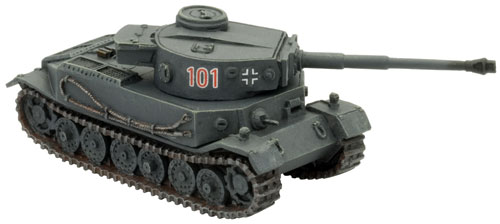 | Tiger (P) Heavy Tank (MM08) Development Germany started work on a 27-tonne heavy breakthrough tank in 1937. Like the British Matilda, the French Char B, and the Soviet T-35, this tank was intended to breach WWI-style trench lines so that the light and medium tanks could fight a mobile battle. |
| After three successively heavier designs, the 45-tonne VK4501 specification was given to both Porsche and Henschel in May 1941. The Porsche prototype, now known as the Tiger (P), was finished in April 1942. Its suspension consisted of six pairs of steel-tyred rubber-cushioned road wheels with rear drive sprockets instead of the more usual front sprockets. Two air-cooled V-10 engines drove generators that powered an electric motor for each drive sprocket. | 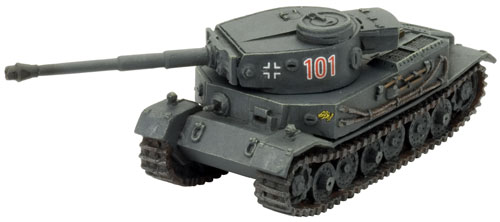 |
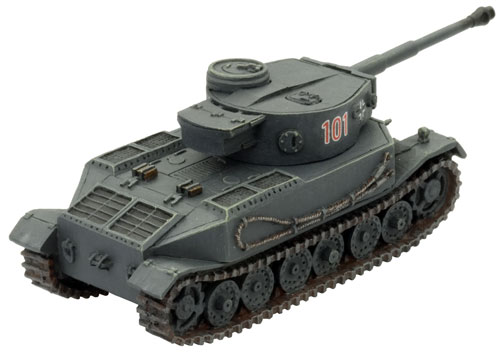 | This sophisticated design had huge theoretical advantages, but proved to be troublesome in practice. As production of both designs was scheduled to begin in July, there was little time for testing or fixing the problems with the petrol-electric drive. With five tanks built, production was halted to enable the problems to be sorted out. The Henschel works was delighted when its production order was increased to compensate. By February 1943 many of the mechanical problems had been resolved and Hitler ordered the massive 8.8cm L/71 PaK43 to be fitted to ninety Porsche Tiger tanks as the Ferdinand assault gun in time for the Battle of Kursk. |
| Hypothetical Combat Service The Tiger (P) was scheduled to be sent to Africa where their air-cooled engines were seen as better suited to the hot and dusty conditions. After delays to modify their electric transmissions, the first five Tiger (P) tanks were sent to Africa for field testing, arriving as the Second Battle of El Alamein began. Their effect on the battle more than justified the effort in getting them operational and production of the Tiger (P) was restarted. Two battalions of Tiger (P) were subsequently committed to the theatre where they have invaluable against the British and American forces. | 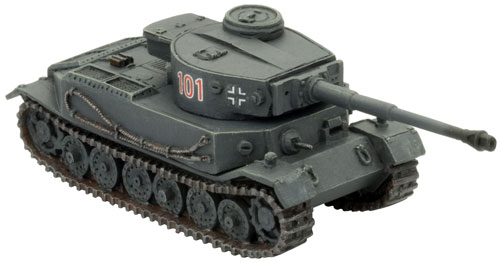 |
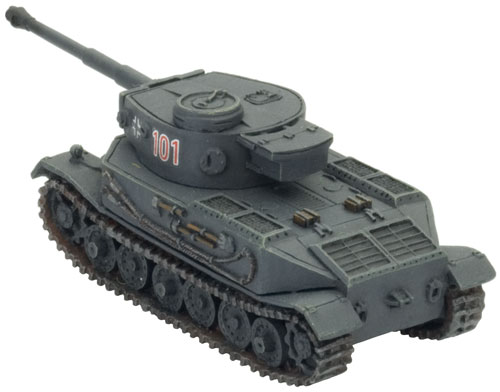 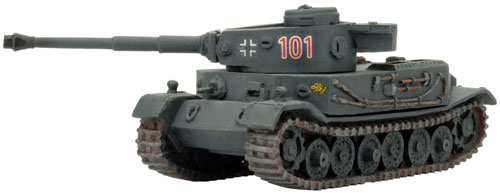 | Tiger (P) Specifications
|
| Design Features The competition between Porsche and Henschel to produce the next German heavy tank had been intense and the resulting designs were very similar. Both had the same armour specifications and mounted the same gun in the same Krupp-designed turret. | 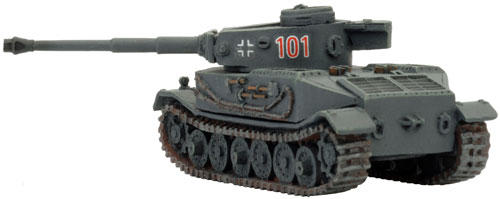 |
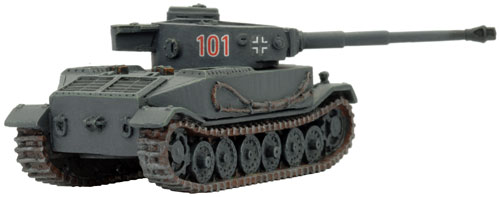 | The differences were mainly mechanical. Porsche preferred longitudinal torsion bars that saved space over Henschel’s transverse torsion bars, steel-tyred road wheels, and a new Petrol-electric transmission to solve the problem of moving such a heavy vehicle. |
The basic principle of the petrol-electric transmission is that the each petrol engine spins a dynamo to generate electricity. This then powers an electric motor that powers the drive sprocket. In theory the result is a smooth transmission with no need to change gear and plenty of torque. In practice the system proved to complicated and unreliable. | 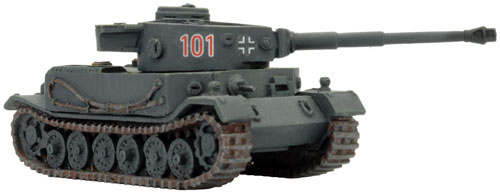 |
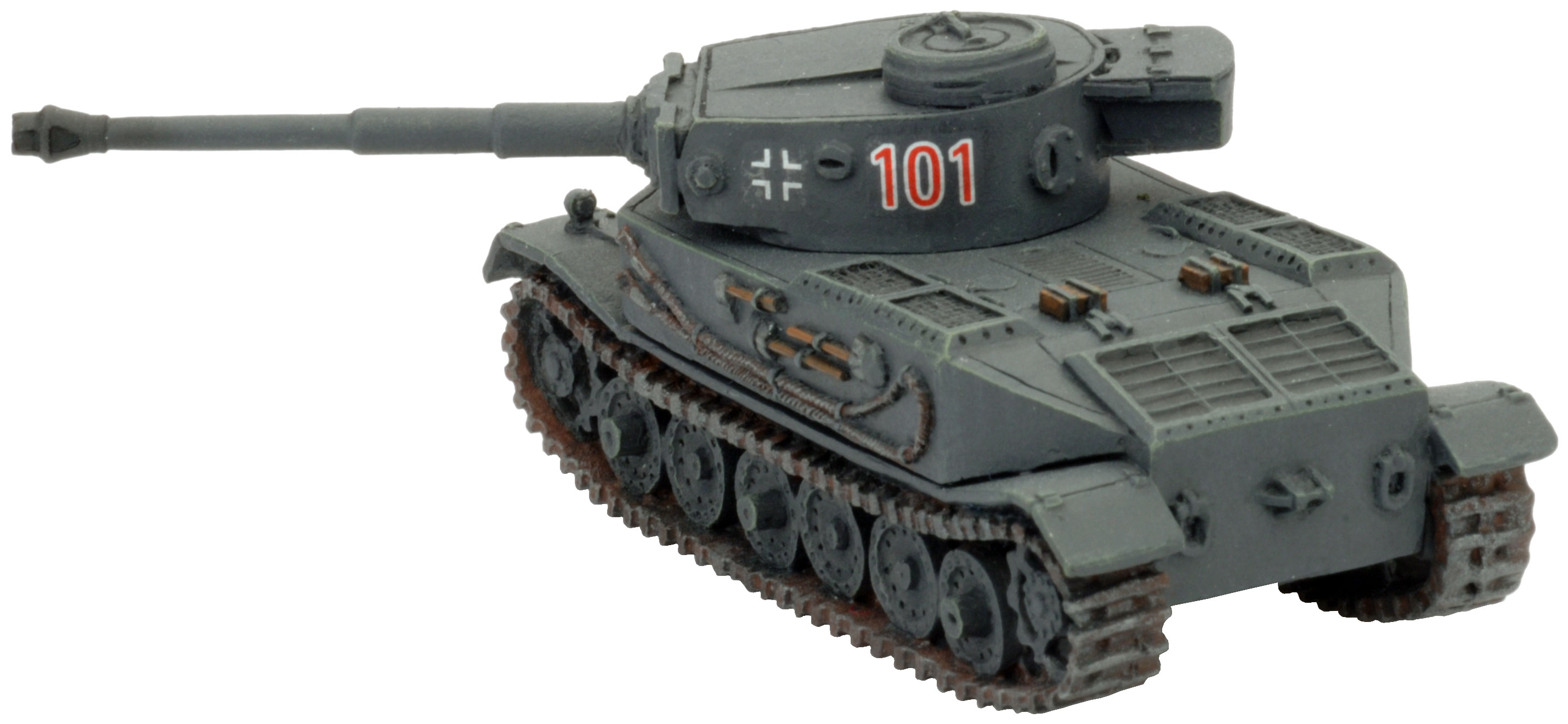 | In Flames of War The Tiger (P) heavy tank was designed to the same specifications as the Henschel-designed Tiger I E. ROF 2; Anti-tank 13; Firepower 3+ Front 9; Side 8; Top 2 You may replace Tiger I E models with Tiger (P) models in tournaments. Designed & Painted by James Brown |
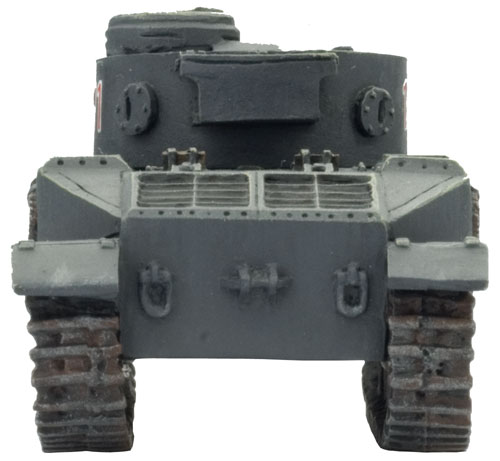 | 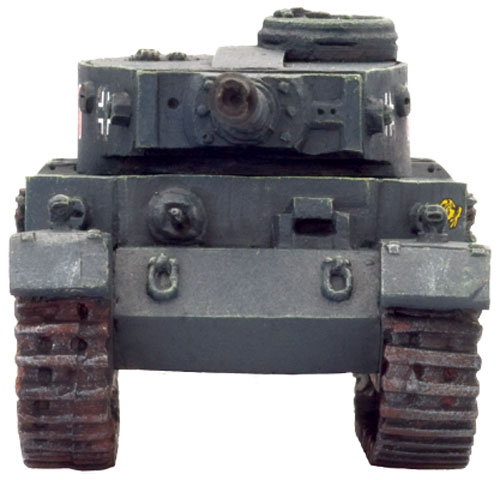 |
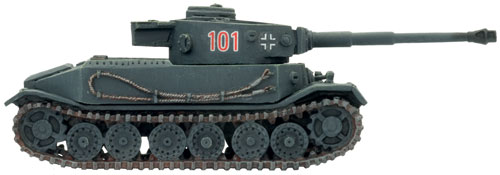 | 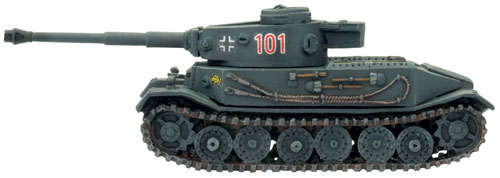 |
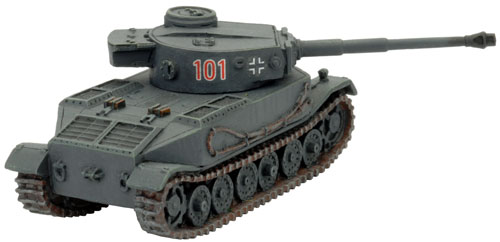 | 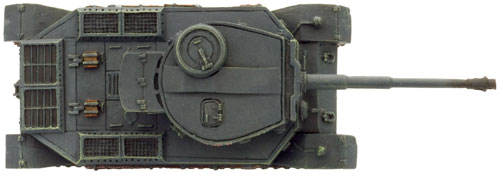 |

Ingen kommentarer:
Legg inn en kommentar